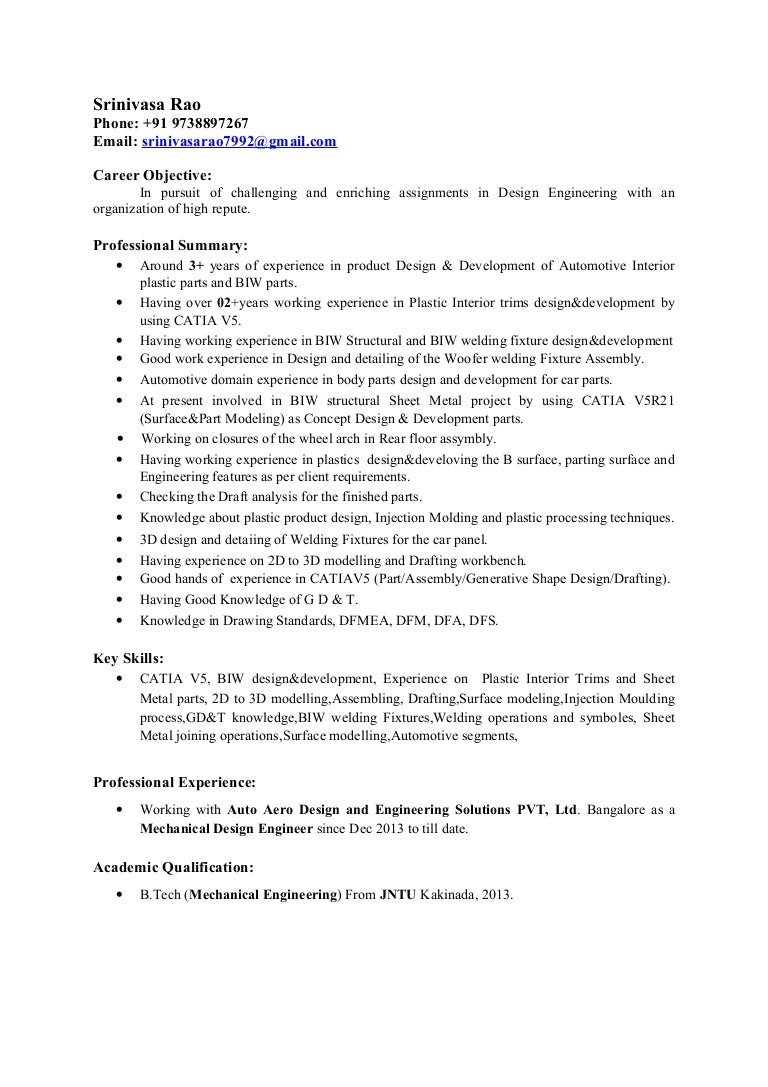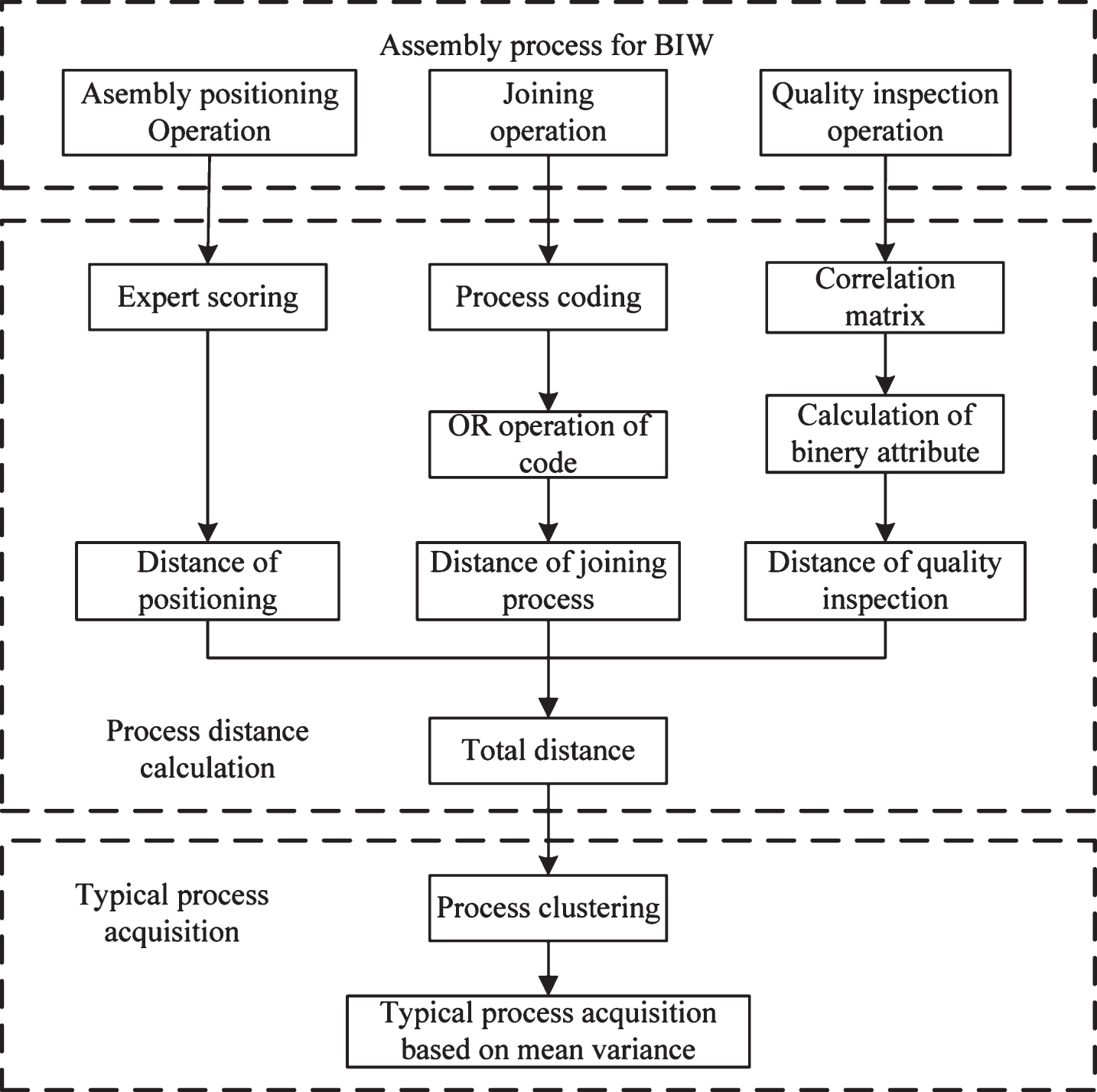

Locators provide a positive stop for the workpiece. This fact also points out a crucial element in workholder design: locators, not clamps, must hold the workpiece against the cutting forces. The locators, therefore, must be strong enough to maintain the position of the workpiece and to resist the cutting forces. The devices that restrict a workpiece's movement are the locators. The radial degrees of freedom permit rotational movement, in both clockwise and counterclockwise radial directions, around the same three axes.įigure 3-1. The axial degrees of freedom permit straight-line movement in both directions along the three principal axes, shown as x, y, and z. Notice the six axial degrees of freedom and six radial degrees of freedom. For analysis, this motion can be broken down into twelve directional movements, or "degrees of freedom." All twelve degrees of freedom must be restricted to ensure proper referencing of a workpiece.Īs shown in Figure 3-1, the twelve degrees of freedom all relate to the central axes of the workpiece.
#Biw design guidelines free#
Cast, forged, sheared, or sawed surfaces can vary greatly from part to part, and will affect the accuracy of the location.Ī workpiece free in space can move in an infinite number of directions. Machined surfaces permit location from a consistent reference point. The ideal locating point on a workpiece is a machined surface. If the jig or fixture is to maintain desired repeatability, the workholder must be designed to accommodate the workpiece's locating surfaces. The location of the workpiece relative to the tool and of the tool to the cutter must be consistent. "Repeatability" is the ability of the workholder to consistently produce parts within tolerance limits, and is directly related to the referencing capability of the tool. So, in the design of a workholder, referencing of both the workpiece and the cutter must be considered and simultaneously maintained. Likewise, if a cutter is improperly positioned relative to the fixture, the machined detail is also improperly located.

If a part is incorrectly placed in a workholder, proper location of the workpiece is not achieved and the part will be machined incorrectly. Referencing the workpiece to the workholder, on the other hand, is done with locators. With fixtures, referencing is accomplished using fixture keys, feeler gages, and/or probes. With drill jigs, referencing is accomplished using drill bushings.

Referencing the workholder to the cutting tool is performed by the guiding or setting devices. "Referencing" is a dual process of positioning the workpiece relative to the workholder, and the workholder relative to the cutting tool. To accomplish this, the locators must ensure that the workpiece is properly referenced and the process is repeatable. To perform properly, workholders must accurately and consistently position the workpiece relative to the cutting tool, part after part. As such, the fundamental principles of locating and clamping, as well as the numerous standard components available for these operations, must be thoroughly understood. Locating and clamping are the critical functions of any workholder.


 0 kommentar(er)
0 kommentar(er)
